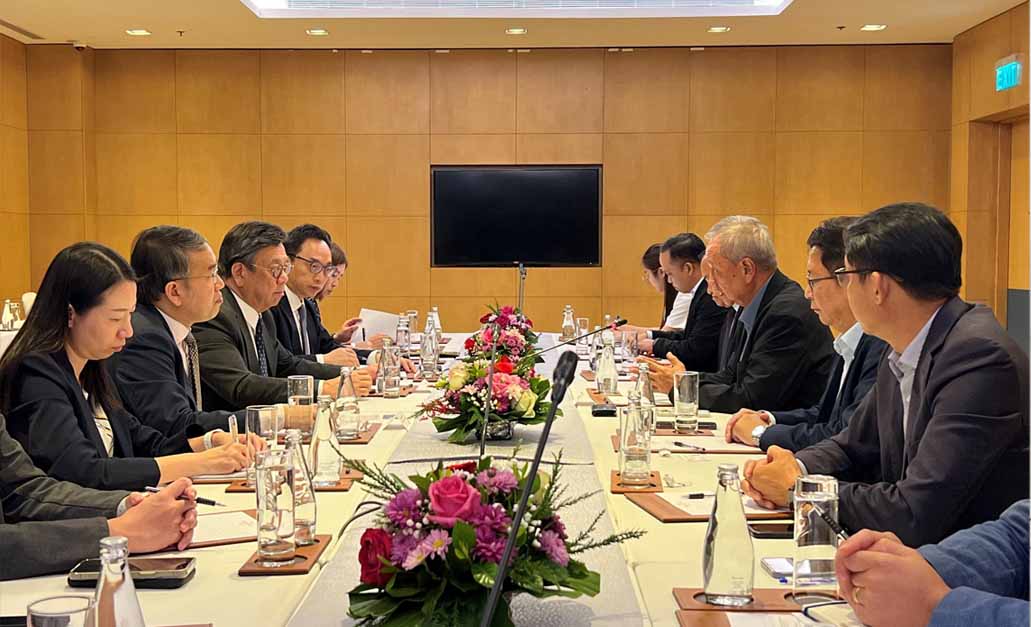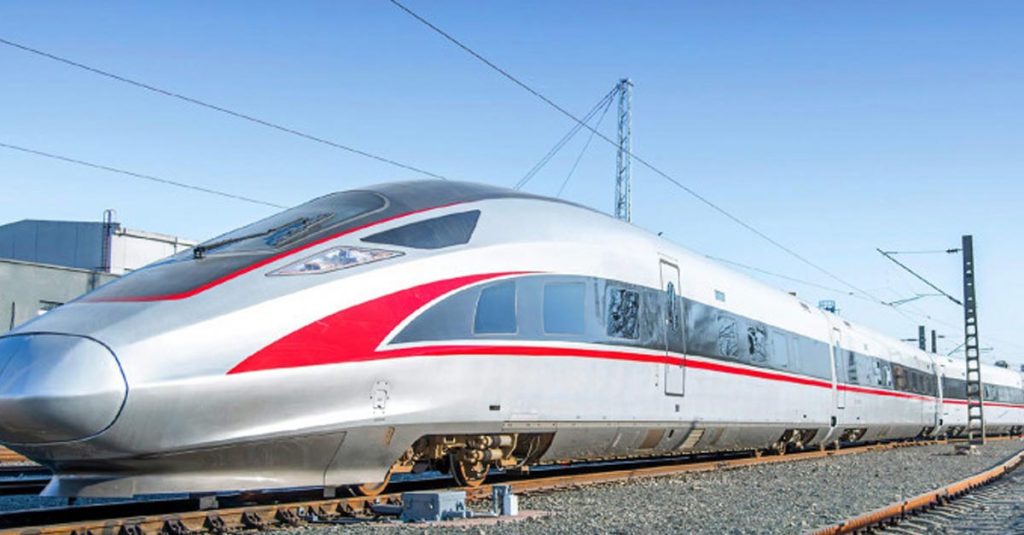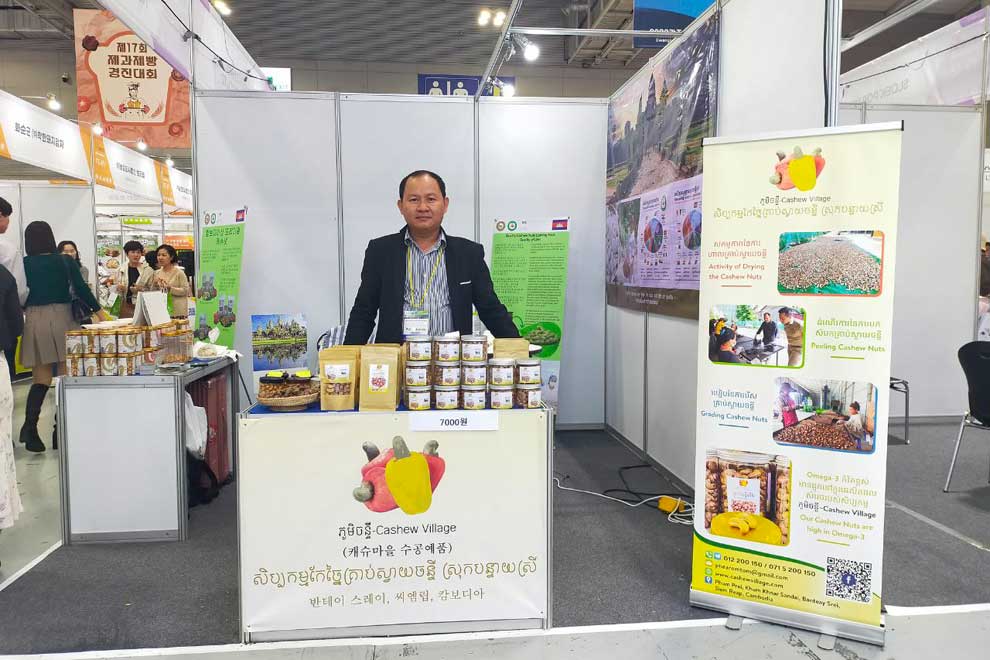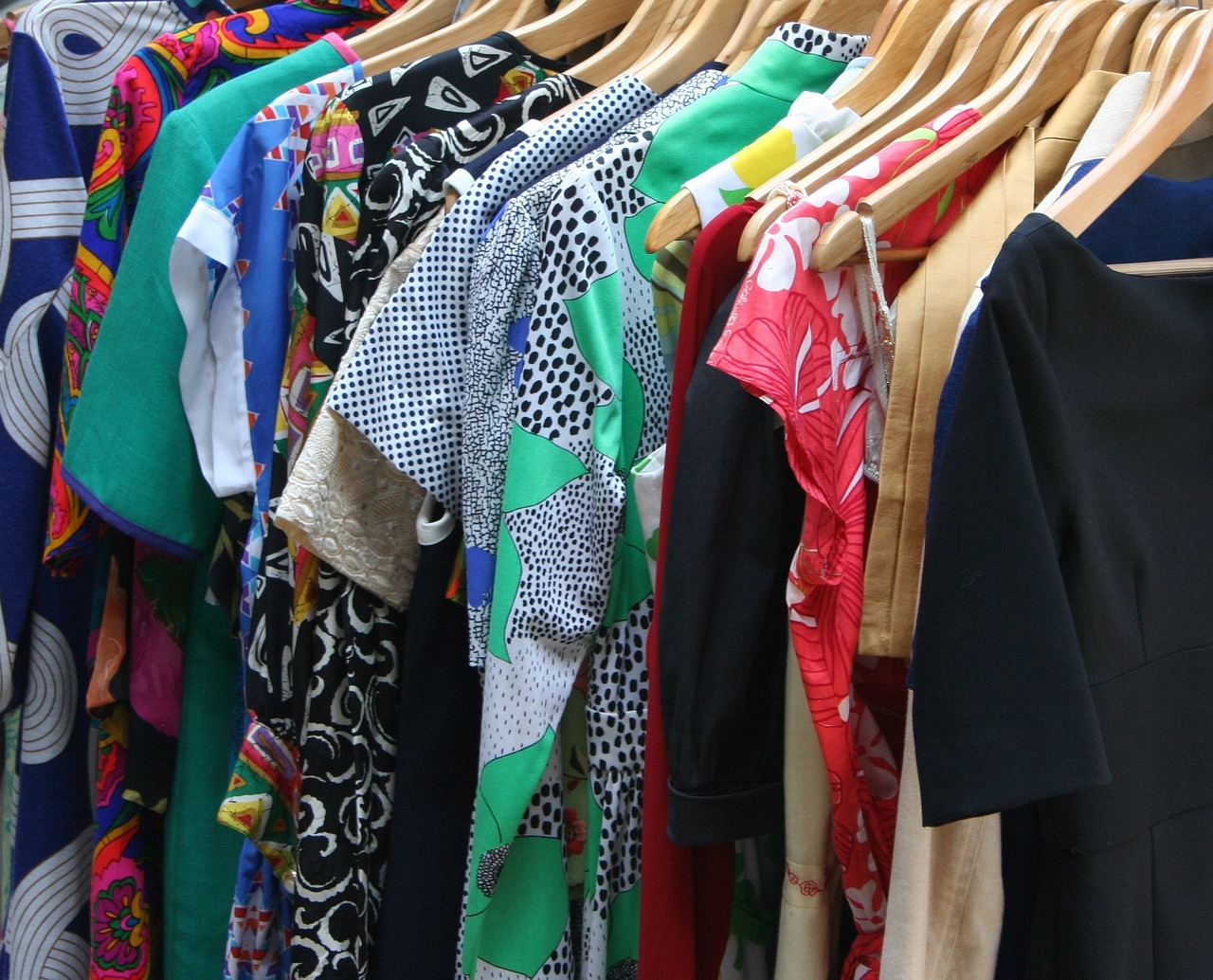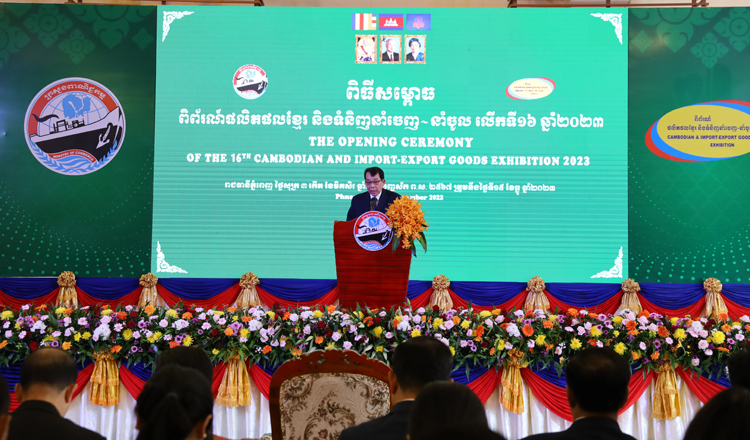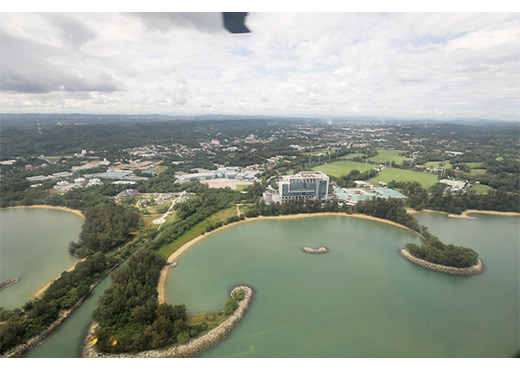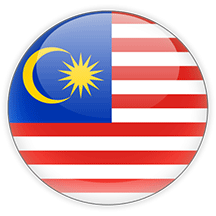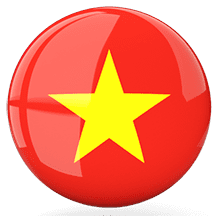Hong Kong has identified three areas for cooperation with Laos and Vietnam during the Secretary for Financial Services and the Treasury’s visit to the two ASEAN members on 11-14 December.
According to his official blog, Christopher Hui stated that Hong Kong is ready to cooperate with Laos and Vietnam on yuan trading, talent exchange, and green finance, as the city leverages on its key strengths as Asia’s third-largest stock exchange based on market capitalization.
Hong Kong is the largest offshore yuan trading market outside of China, handling approximately 75 percent of global offshore yuan transactions, totaling around 1.1 trillion yuan (USD 115 billion).
In this regard, Hui urged the governments of Laos and Vietnam to “consider the benefit of issuing yuan bonds to enjoy lower-interest rate costs [and to consider] issuing offshore yuan [sovereign] bonds in Hong Kong.”
In October of this year, Beijing allowed Laos to operate a yuan clearing center, making the country the fifth largest market in Southeast Asia.
Hong Kong also plans to negotiate a comprehensive double taxation avoidance agreement (DTAA) with Laos, bringing tax clarity to cross-border investments between the two countries. The DTAA is a pact signed by two countries that encourages trade and investment by circumventing international double taxation.
“Laos is an emerging market in the region. Politically, it will take over from Indonesia as the rotating chair of ASEAN next year. Economically, the completion of important infrastructure such as the Laos-China Railway has transformed it from a land-locked country to a land-linked country. The socio-economic benefits are obvious,” Hui stated.
The collaboration between Laos and Hong Kong extends to the talent sector, with the Hong Kong Special Administrative Region (HKSAR) government relaxing visa policies in October, allowing Lao individuals to travel for employment, training, and study in UGC-funded institutions.
Furthermore, Hong Kong aims to foster cooperation in green and sustainable finance with Laos and Vietnam. The special administrative region has taken strides in green financing, planning amendments in January 2025 to enhance climate-related disclosures by listed companies. Hui expressed Hong Kong’s readiness to share experiences and collaborate with Laos and Vietnam in this critical area.
The country has also expressed its commitment to supporting Laos’ ASEAN Chairmanship, as “Hong Kong stands ready to provide solutions for Laos and ASEAN to attract international capital to support their projects and development,” Hui said during his visit to Laos on 11 December.
By Jonathan Meadley
Source: Laotian Times

